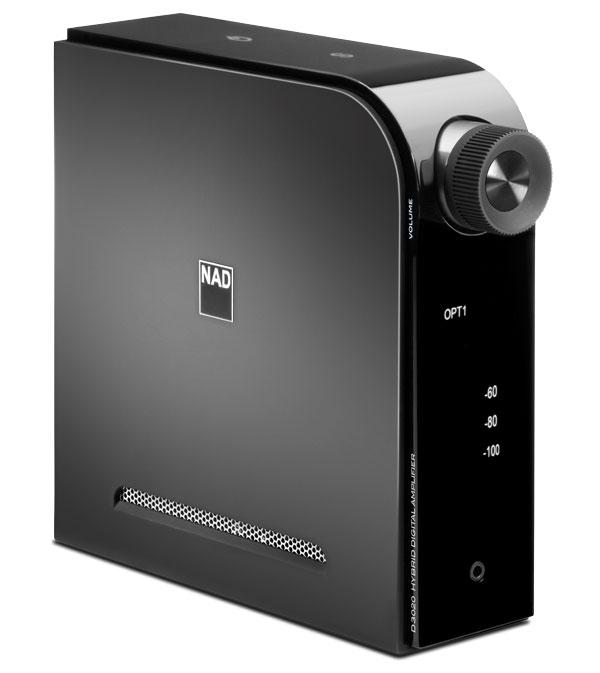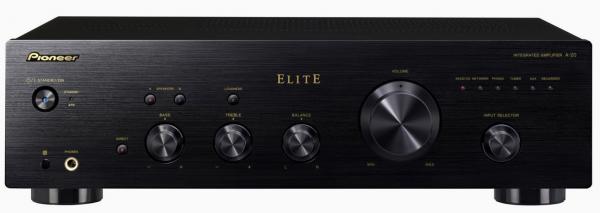Integrated Amp Reviews
Sort By: Post Date TitlePublish Date
|
Oct 08, 2013
|
Feb 13, 2013
|
Feb 22, 2012
|
Sep 18, 2011
|
Sep 18, 2011
|
Sep 18, 2011
Pages
- « first
- ‹ previous
- 1
- 2
- 3





 Price: $999 At A Glance: Desktop stereo integrated amp, including tube preamp and DAC • Apple-approved digital iPod connection • Jitter reduction
Price: $999 At A Glance: Desktop stereo integrated amp, including tube preamp and DAC • Apple-approved digital iPod connection • Jitter reduction




